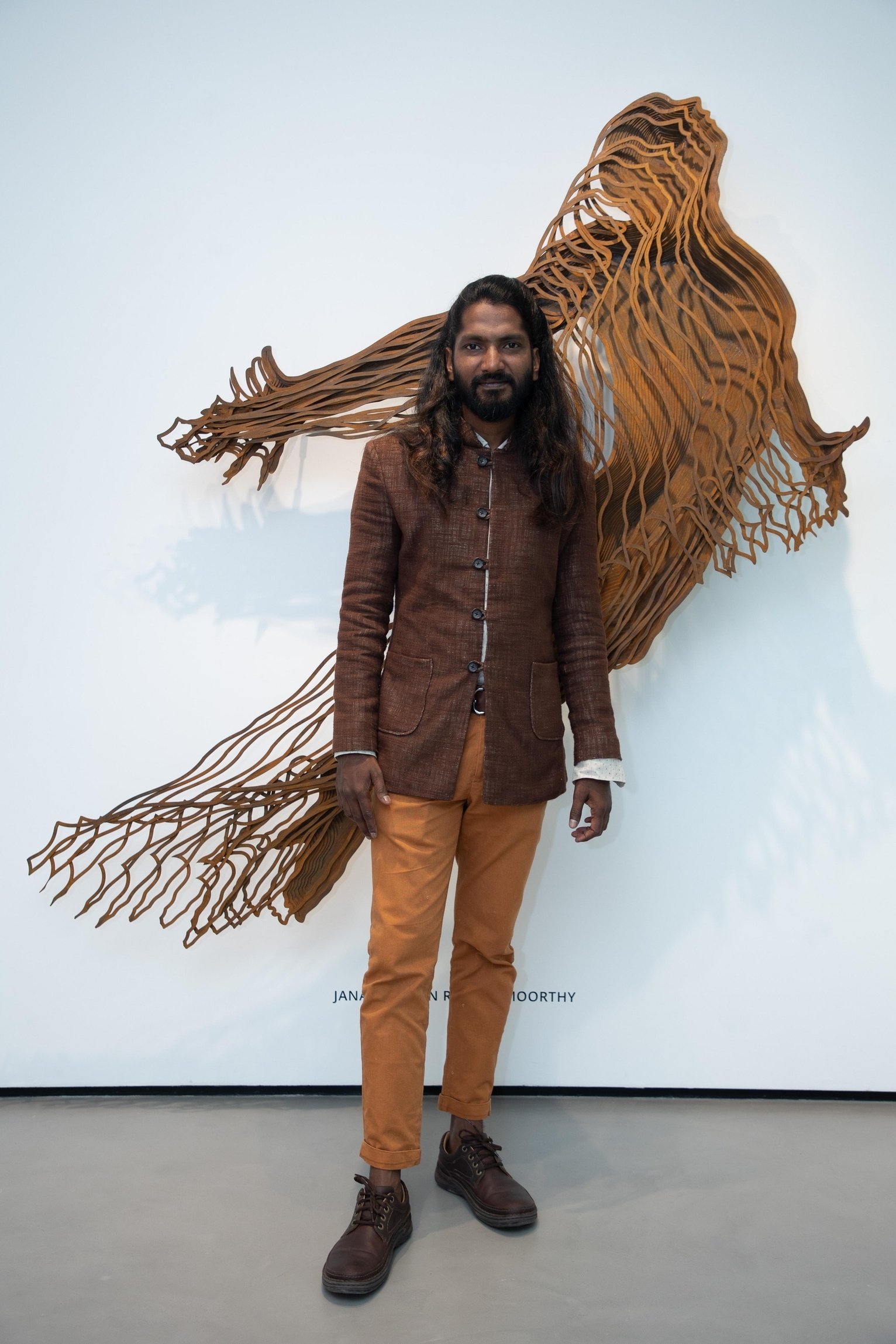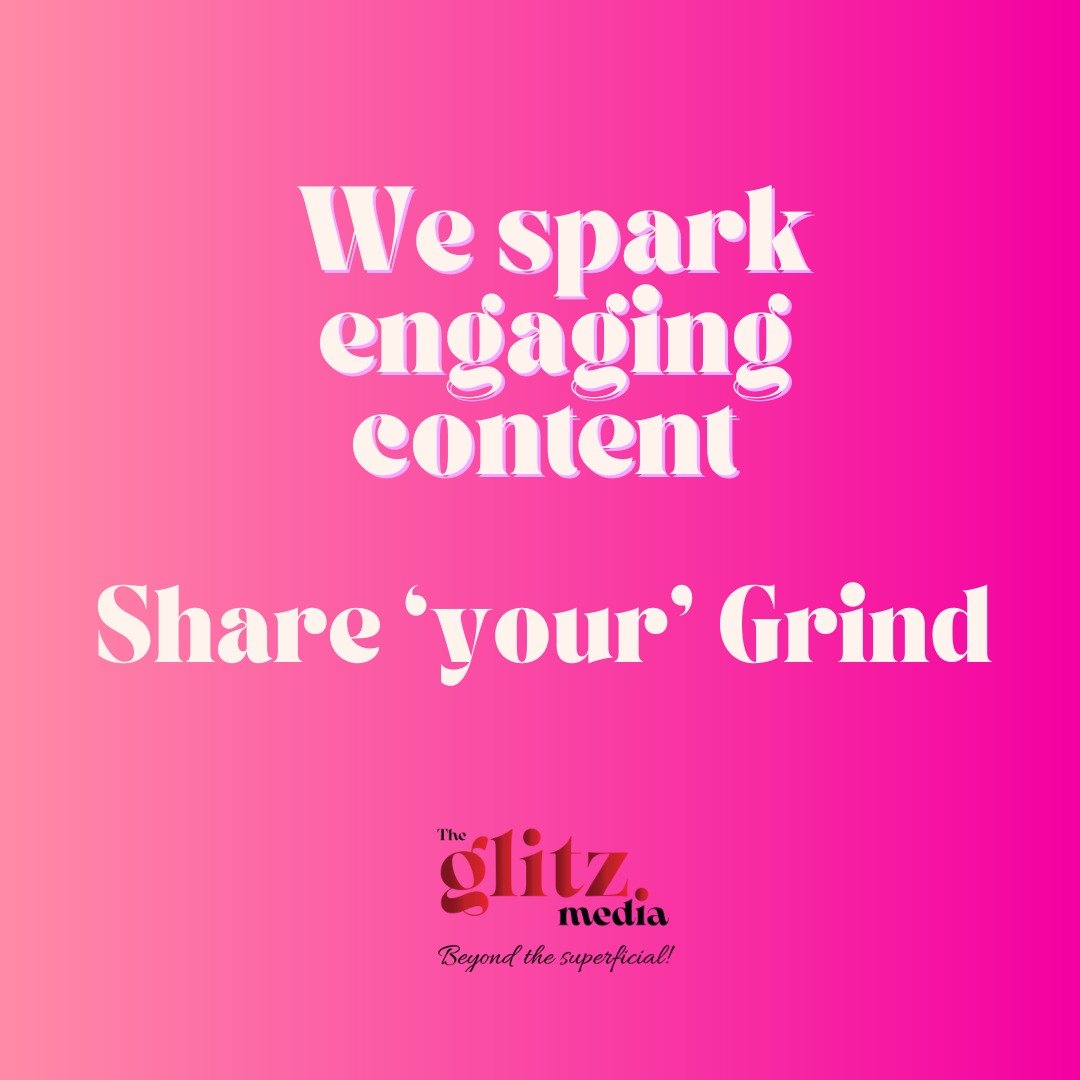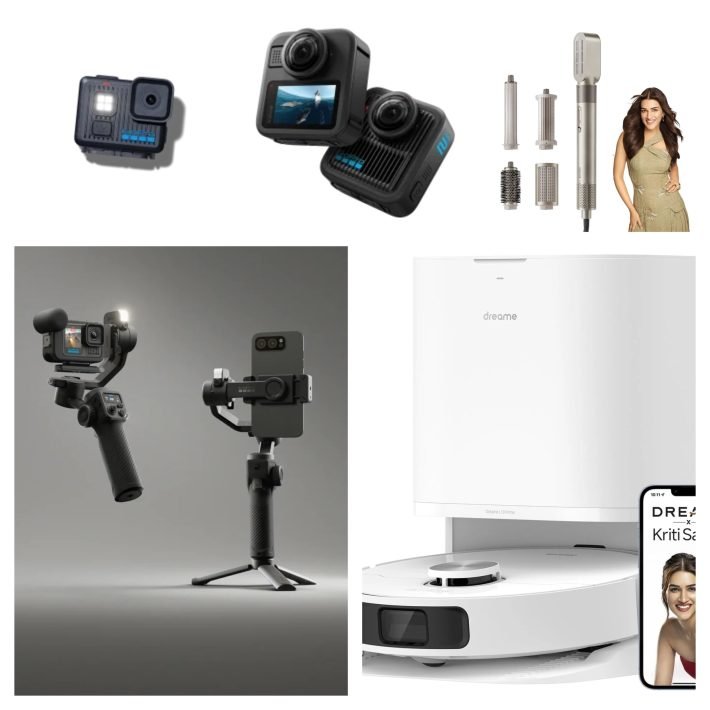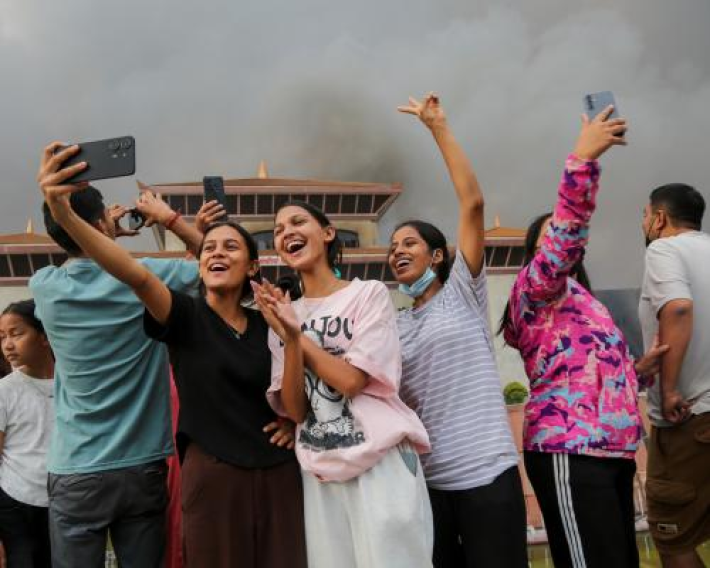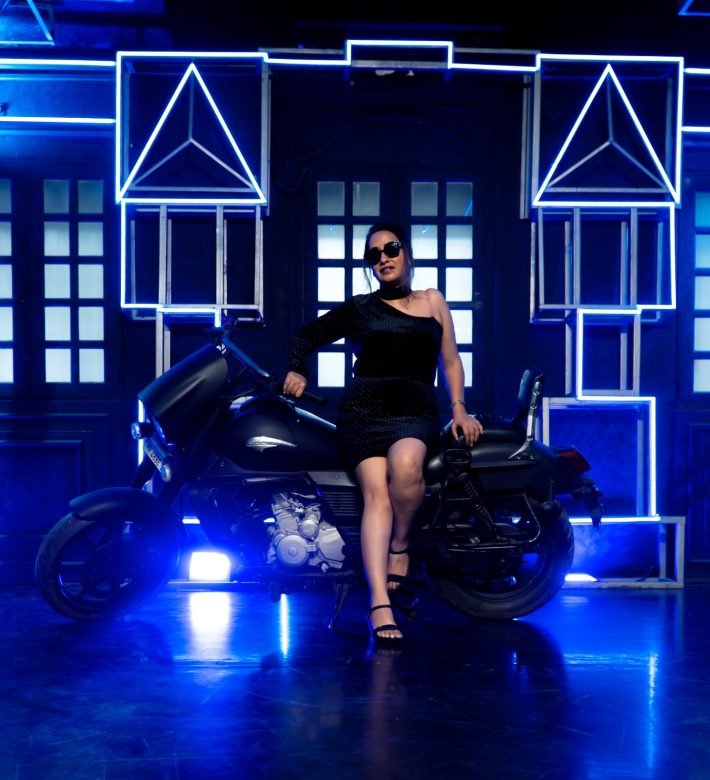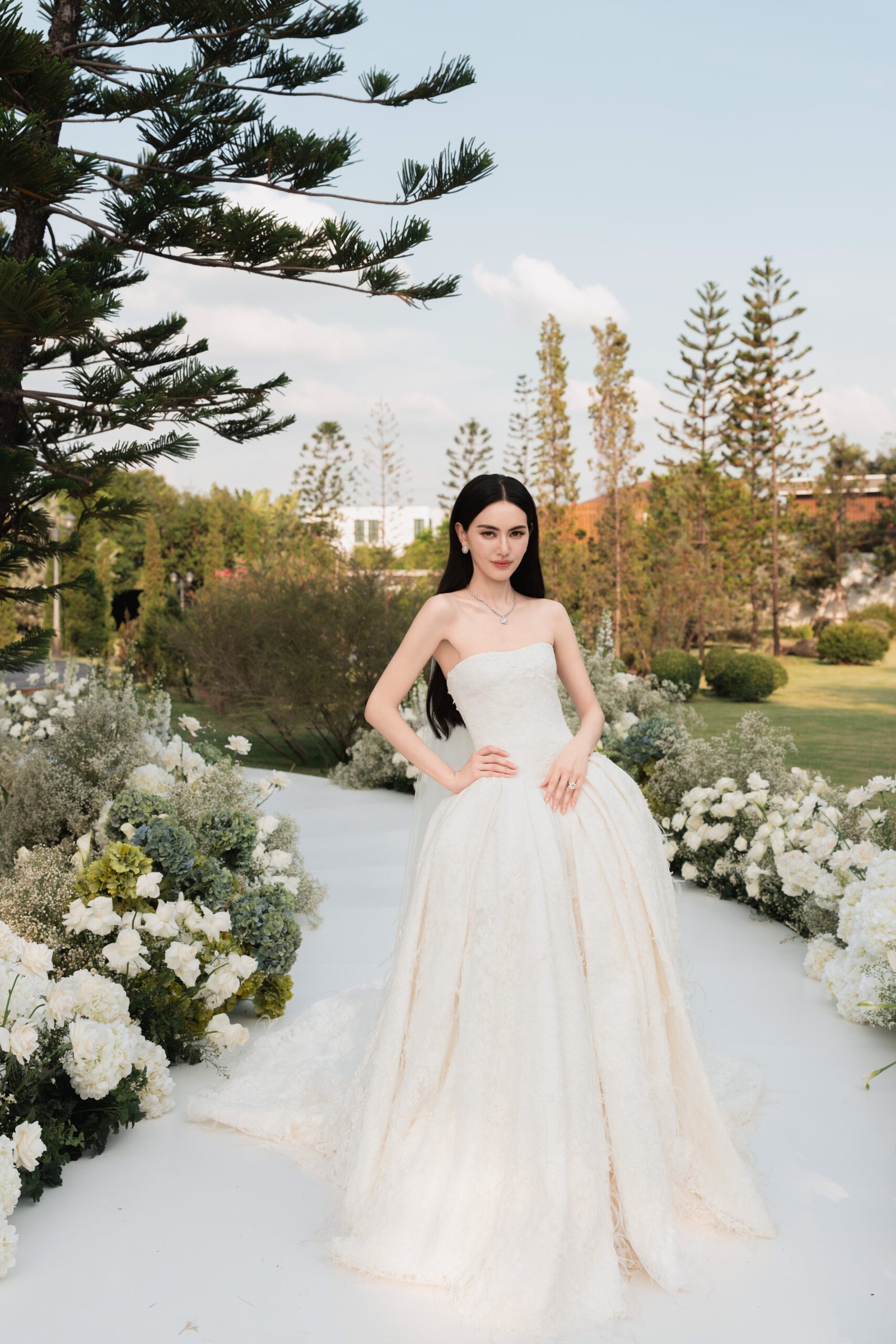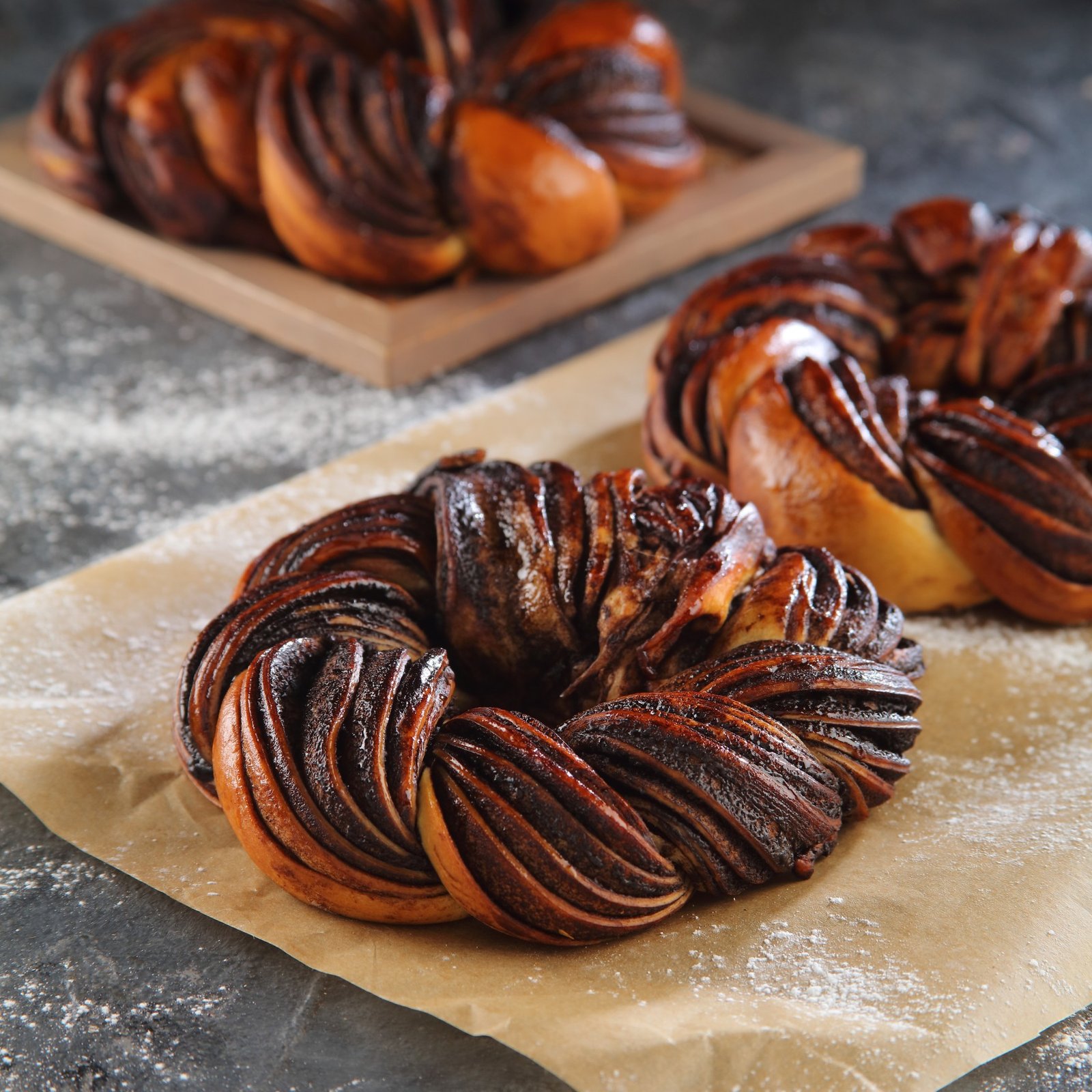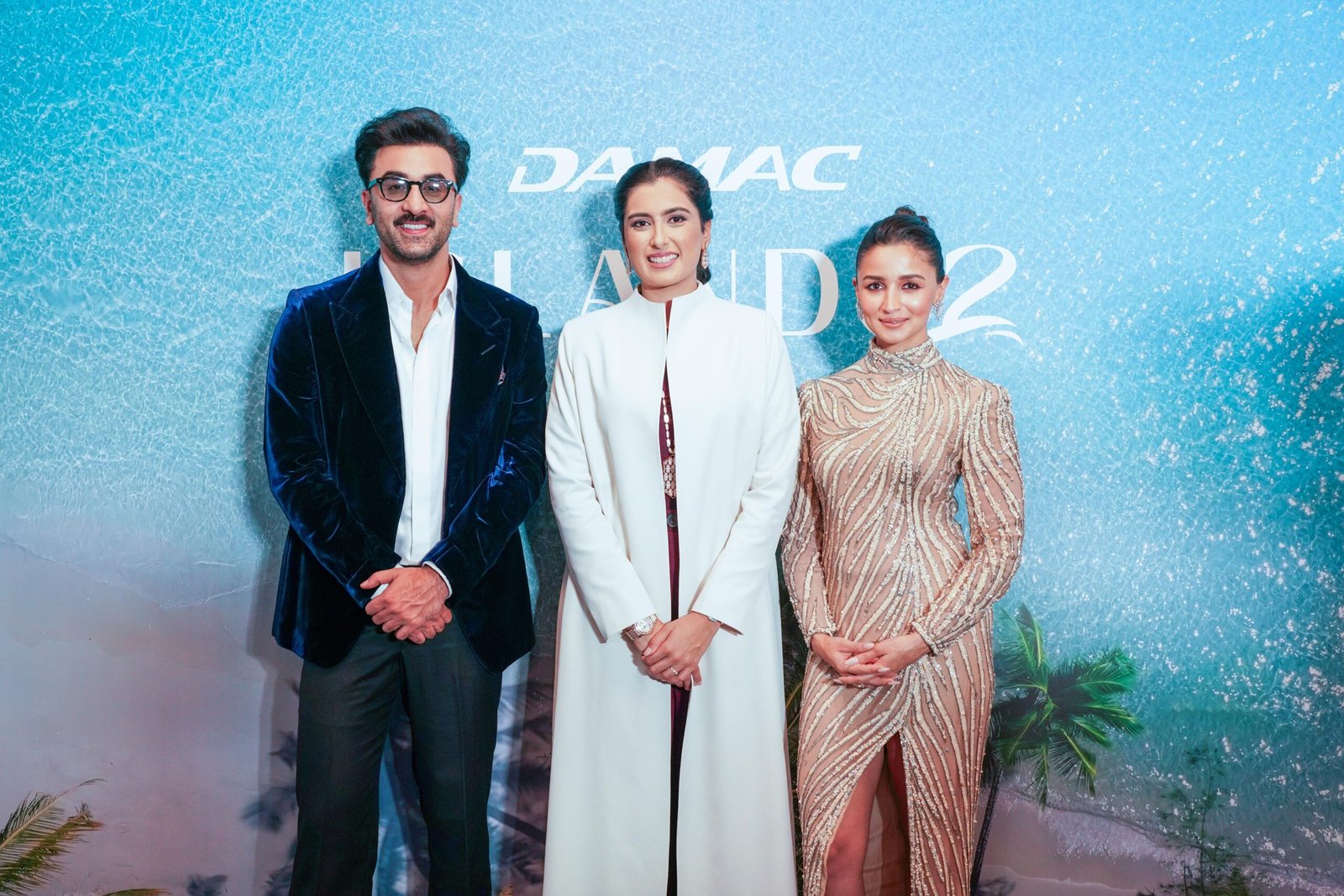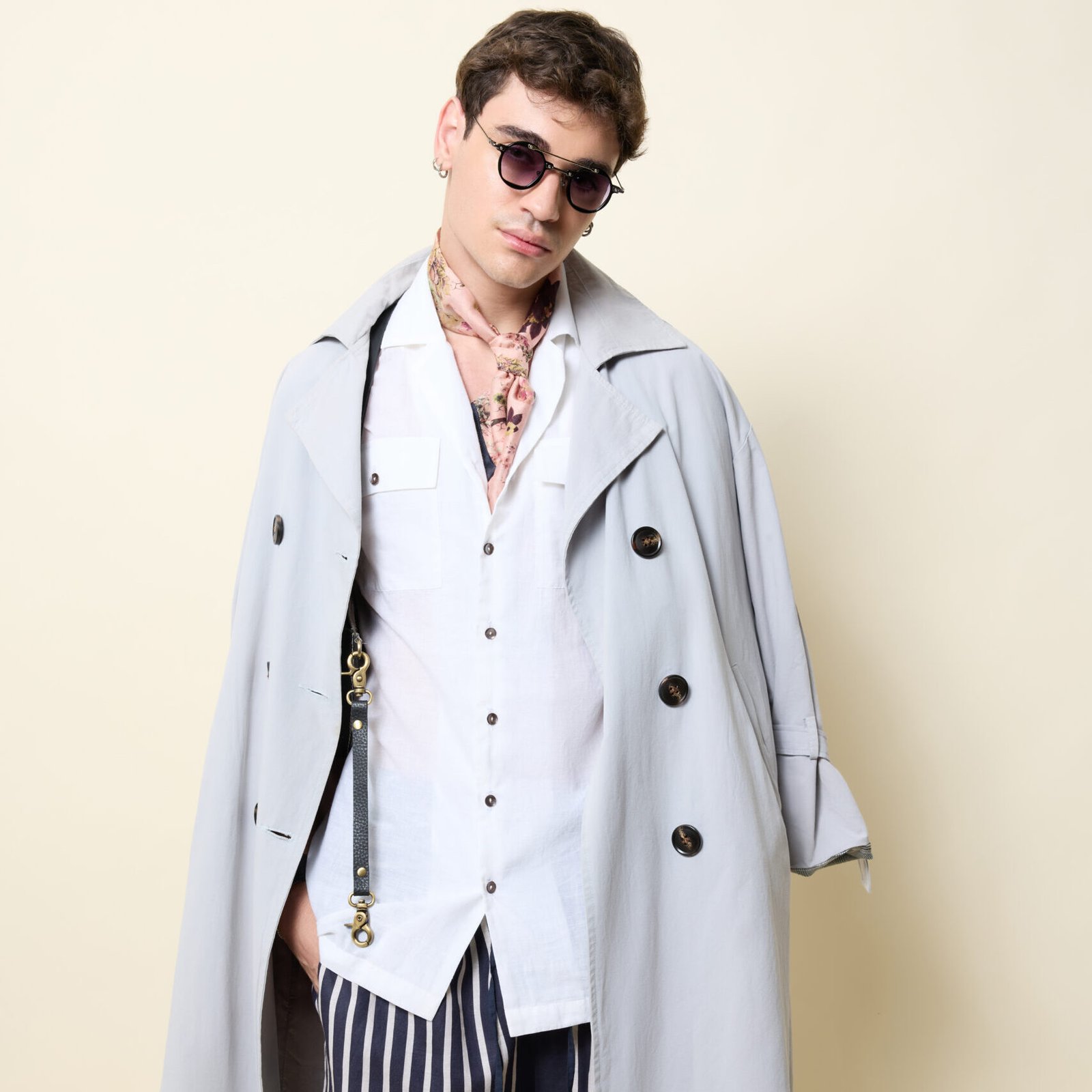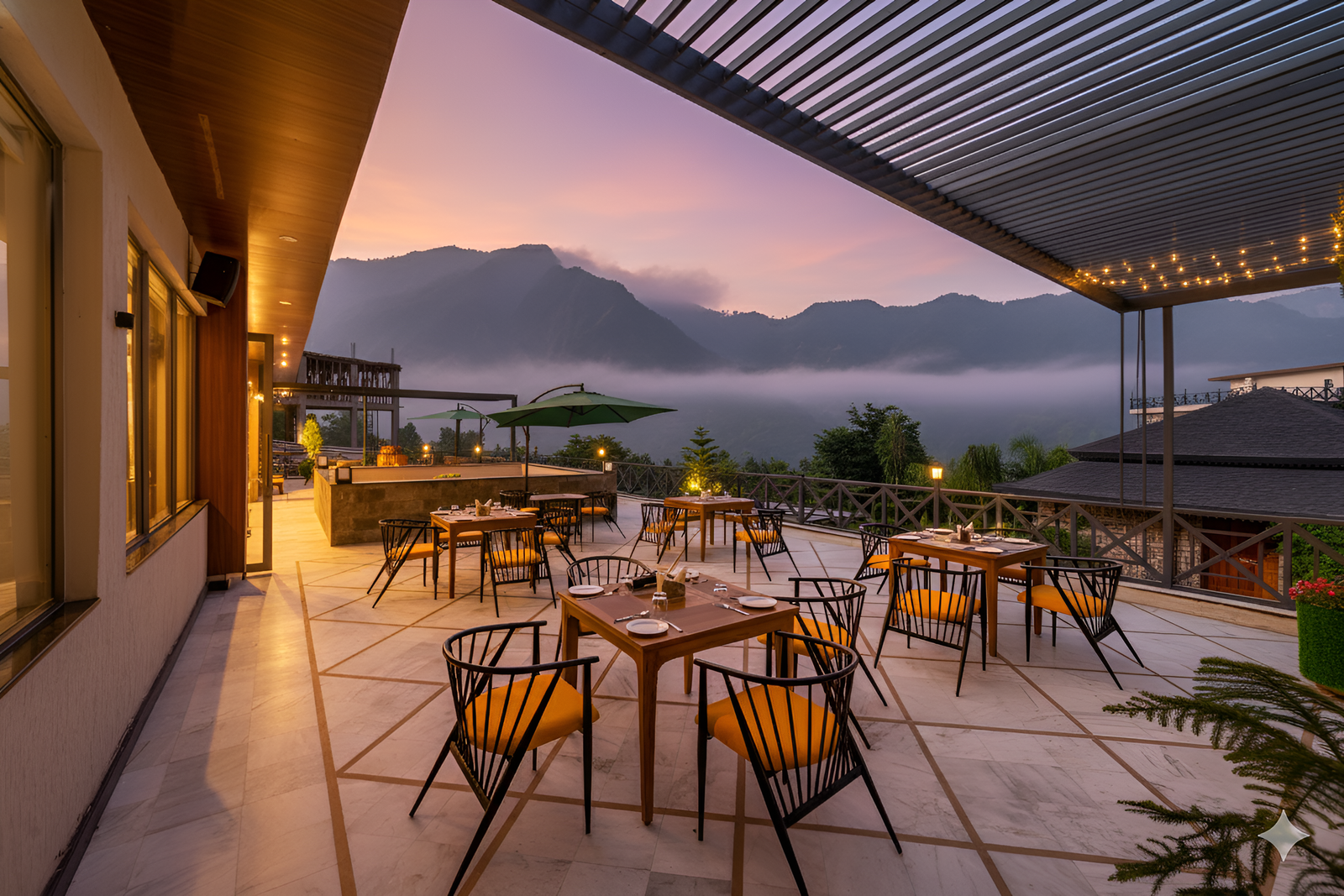Janarthanan Rudhramoorthy doesn’t just sculpt metal; he breathes life into it, transforming rigid iron and steel into magnificent, free-floating beings that command attention. His recent debut solo exhibition, ‘Nestled Within,’ at KYNKYNY Art Gallery, Bengaluru, left observers mesmerized, with massive forms soaring and twisting as if caught in a silent, powerful dance.
This Chennai-based artist possesses a rare mastery, coaxing profound grace and agile strength from an unyielding medium, captivating us with forms that are at once somatic, kinetic, and deeply tactile.

These figures, taking cues from modern dance and Yoga, aren’t just shapes; they are thoughtful journeys into the human experience, revealing hidden layers like pages turning. It makes you feel something, deep inside, before your mind even starts to figure it out. How does someone bring such strong feelings and complex ideas to life using something as hard as metal? And what’s the story behind these powerful pieces, symbolizing freedom and self-discovery, that are even allowed to rust on purpose, embracing nature’s own cycles?
Join us now, as we sit down with Janarthanan Rudhramoorthy to explore these profound questions and more, exclusively for TheGlitz.
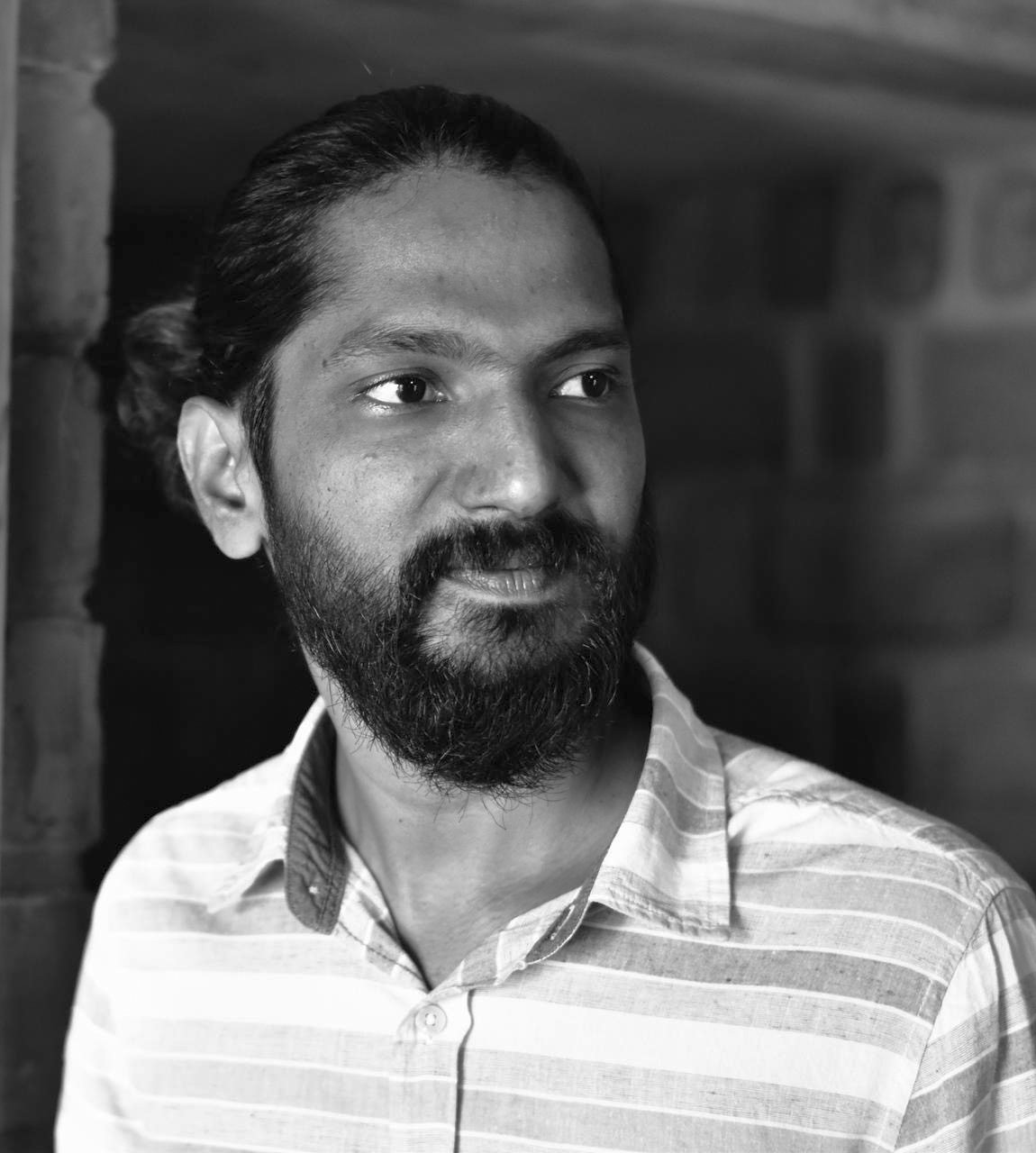
Unveiling the Soul in Steel: A Conversation with Janarthanan Rudhramoorthy
TheGlitzMedia: On an introspective note, going back to your Ambattur roots – how did discovering metal as a medium become instinctive for capturing the raw complexity of human experience?
Janarthanan Rudhramoorthy: I’ve worked with various materials over time, allowing the concept to guide the choice of medium. As my ideas evolved, the materials my work demanded shifted as well. Growing up in Ambattur, I was constantly surrounded by the sights and sounds of welding, bending, and cutting—technologies that became part of my visual and sensory memory.
That environment deeply influenced me. The human body is fragile, and I was drawn to the idea of capturing that vulnerability through a tough, unyielding material like metal. Despite its own challenges, metal instinctively felt right—it allowed me to explore the tension between strength and fragility.
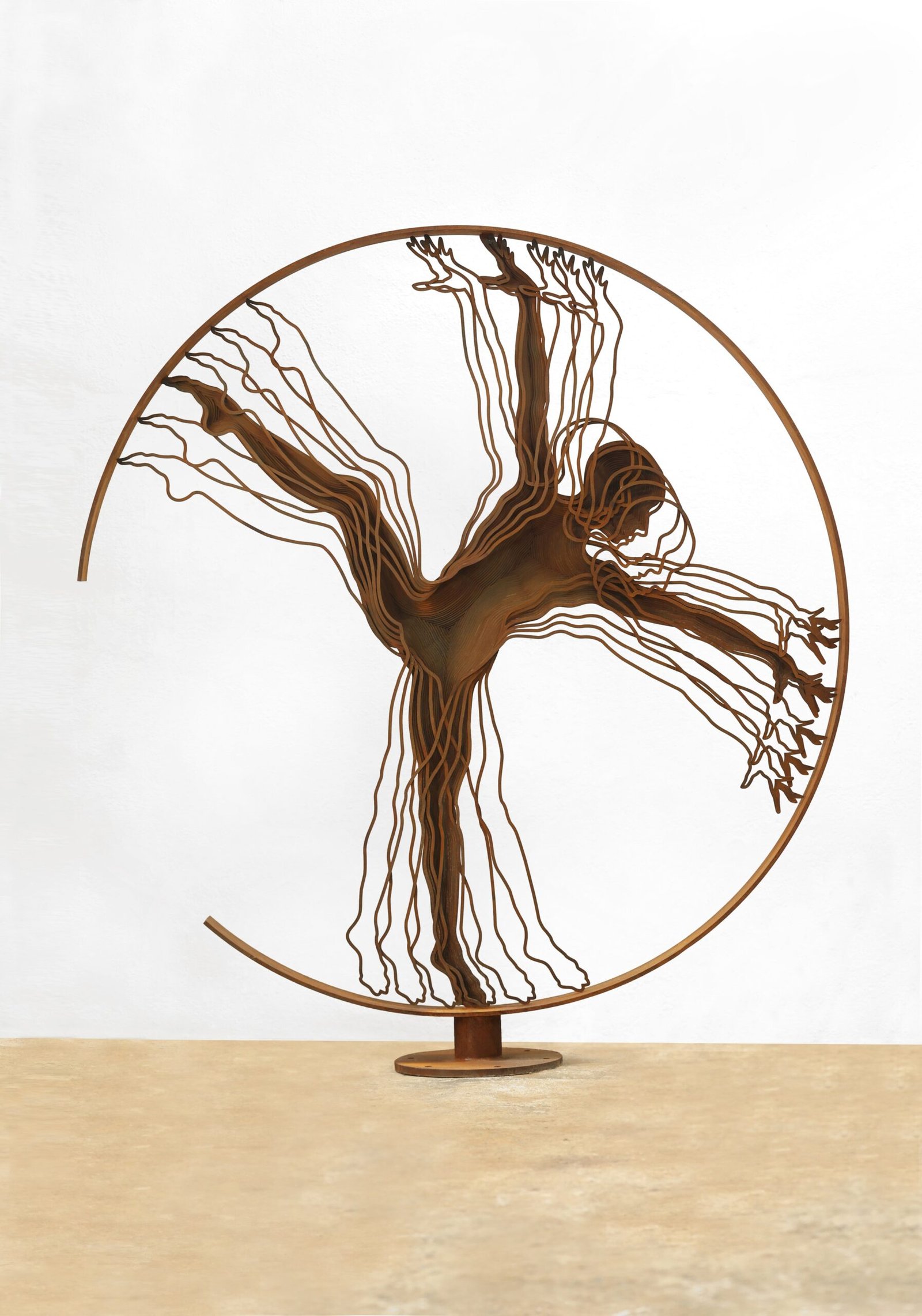
Your first solo exhibition at KYNKYNY features these incredible floating metallic beings. What drew you to explore these particular emotional territories through sculpture?
I initially explored this concept through drawings and paintings. I see my sculptures as an extension and evolution of those early works. In a way, I’m building multiple layers of drawing—translated into the form of wall sculptures. This transition into sculpture allows me to give physicality and presence to the emotional territories I’ve long been exploring on paper.
There’s something beautiful about how you connect the human body to a “bird’s nest”—layered, protective, aware. How do you balance such rich storytelling with the abstract power of your somatic and kinetic sculptures?
“Nestled Within” is rooted in the belief that the human body is not so different from a bird’s nest. A nest is a space that cradles life—a sanctuary that offers protection and care. Similarly, the human body holds the soul, giving it awareness, presence, and meaning.
As I observed the structure of a nest more closely, I began to notice deeper parallels with the human form. Both are composed of layers—some visible, others concealed beneath the surface. These layers can be physical, emotional, or spiritual, each carrying its own weight and story. This layering suggests that, like the nest, the human body holds more than what first meets the eye—revealing a quiet complexity shaped by time, experience, and memory.

“The body is not very different from a bird’s nest… A nest is a place where a living creature stays. Similarly, the human body contains the soul that gives sentience to the body. When I observed the form of the nest more closely, I found further parallels with the human, since both the nest and the human being are built up in layers; layers that are sometimes perceptible to the eyes and at times no”.
Janarthanan Rudhramoorthy

Iron and steel seem perfect for expressing both strength and vulnerability in your pieces. What keeps pulling you back to these materials, and what’s the biggest challenge in making metal feel so alive and weightless?
The natural aesthetics of iron and steel keep drawing me back. There’s a raw, honest quality in their strength and texture that I didn’t want to let go of. My challenge has been to preserve that character while allowing the material to feel light, alive, and sensitive. I’m always trying to find a balance between the heaviness of the metal and the quiet, almost fragile presence I want the forms to hold.

Your sculptures capture this sense of human liberation—people in tune with their deepest selves. Where do you see this exploration heading next as your metallic forms keep evolving?
I see it moving toward a deeper connection between inner emotion and outer form. As the metal evolves, I want the works to feel even more open—less about the body’s shape and more about its energy, presence, and quiet transformation.
